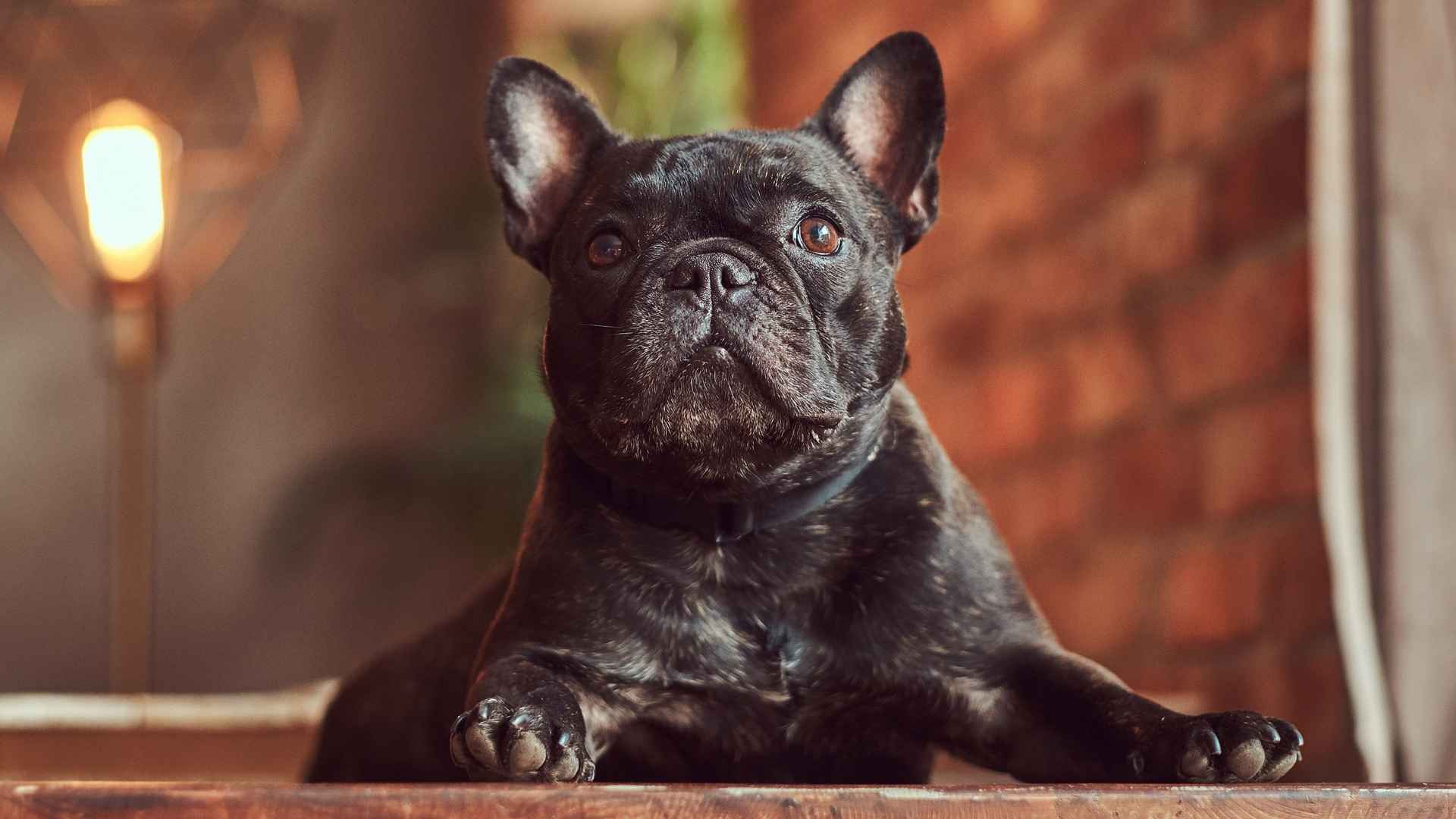Not every dog dreams of starring in the Barklympics. Some breeds are perfectly content to exist in peaceful silence — no constant alerts about the mailman, no monologues at passing squirrels, no dramatic speeches when you leave the room.
For apartment dwellers, night-shift workers, or peace-loving humans, these low-volume canines are a dream come true. But don’t mistake their quiet for dullness — these dogs have plenty of personality, just minus the noise.
They’re observant, clever, and communicate in stares, tail thumps, or dramatic sighs instead of full-blown howls. Whether they’re simply laid-back or just don’t feel the need to comment on everything, these indoor whisperers are a breath of fresh (and quiet) air.
If your dream dog is more zen guru than neighborhood town crier, let’s meet the breeds that believe silence really is golden — especially inside your home.
Dog Breeds That Rarely Bark Indoors
1. French Bulldog
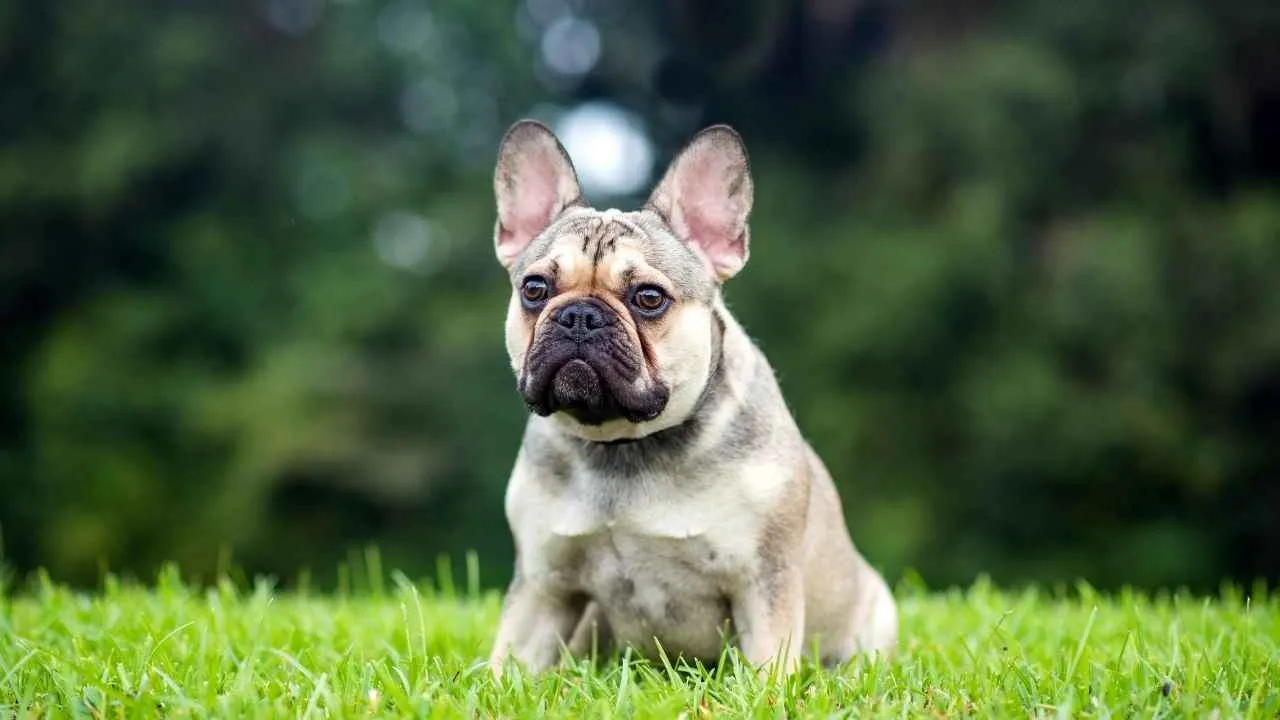
Imagine a dog that looks like it’s permanently judging your life choices—but with love. That’s the French Bulldog.
According to the American Kennel Club (AKC), the uniquely charming French Bulldog, known for its big bat ears and easygoing nature, ranks among the world’s most popular small dog breeds—especially in urban settings.
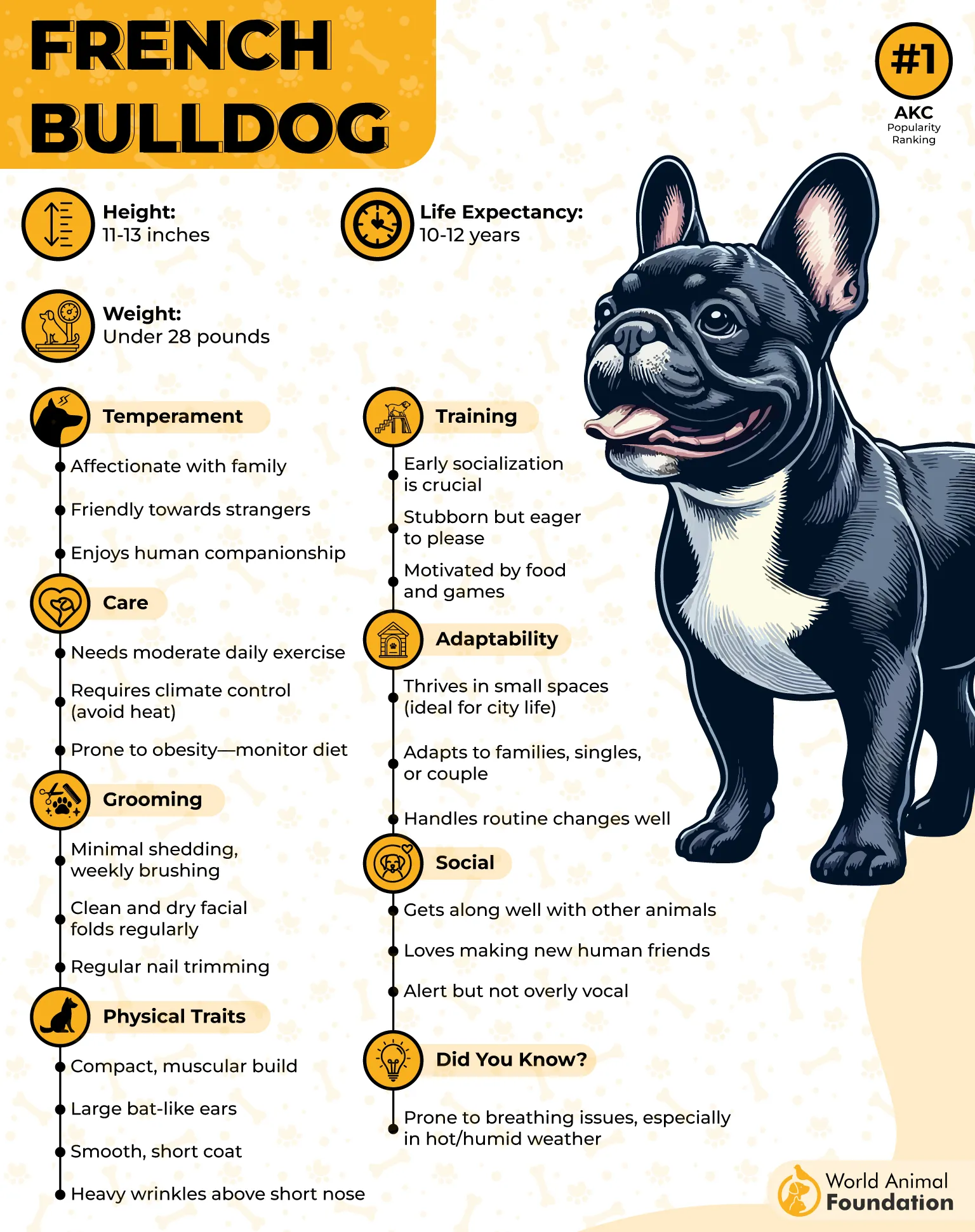
Compact, charming, and oddly aristocratic, this little bat-eared beauty is more into heavy breathing and soft snorts than woofing up a storm. Frenchies are not the chatty type.
In fact, you’ll rarely hear them raise their voice indoors unless there’s a serious reason—like the doorbell ringing or you’ve forgotten to share your snacks (rude).
They’re the type of roommate who prefers Netflix marathons, snoozing on the couch, and following you around in absolute silence like a pudgy ninja in pajamas. Despite their quiet nature, French Bulldogs are expressive in other ways—like their dramatic sighs, stink-eye glances, and award-worthy snores.
Perfect for apartment dwellers or anyone who values peace and pug-faced companionship, Frenchies are low on bark, high on charm, and always ready for a snuggle.
Bonus quirk: They may not bark much, but they do fart. Consider this your gentle PSA.
2. Scottish Deerhound

Picture a shaggy, noble creature that looks like it belongs in a medieval painting—possibly lounging at a knight’s feet or silently judging a court jester. That’s the Scottish Deerhound for you: tall, graceful, and too dignified to waste energy on barking at shadows.
These lanky legends are surprisingly quiet indoors. Their vibe? “I could bark… but why bother?” With medium energy levels, they’re happy to stretch their legs outdoors in majestic slow motion, then flop dramatically on your rug like a Victorian poet recovering from a light jog.
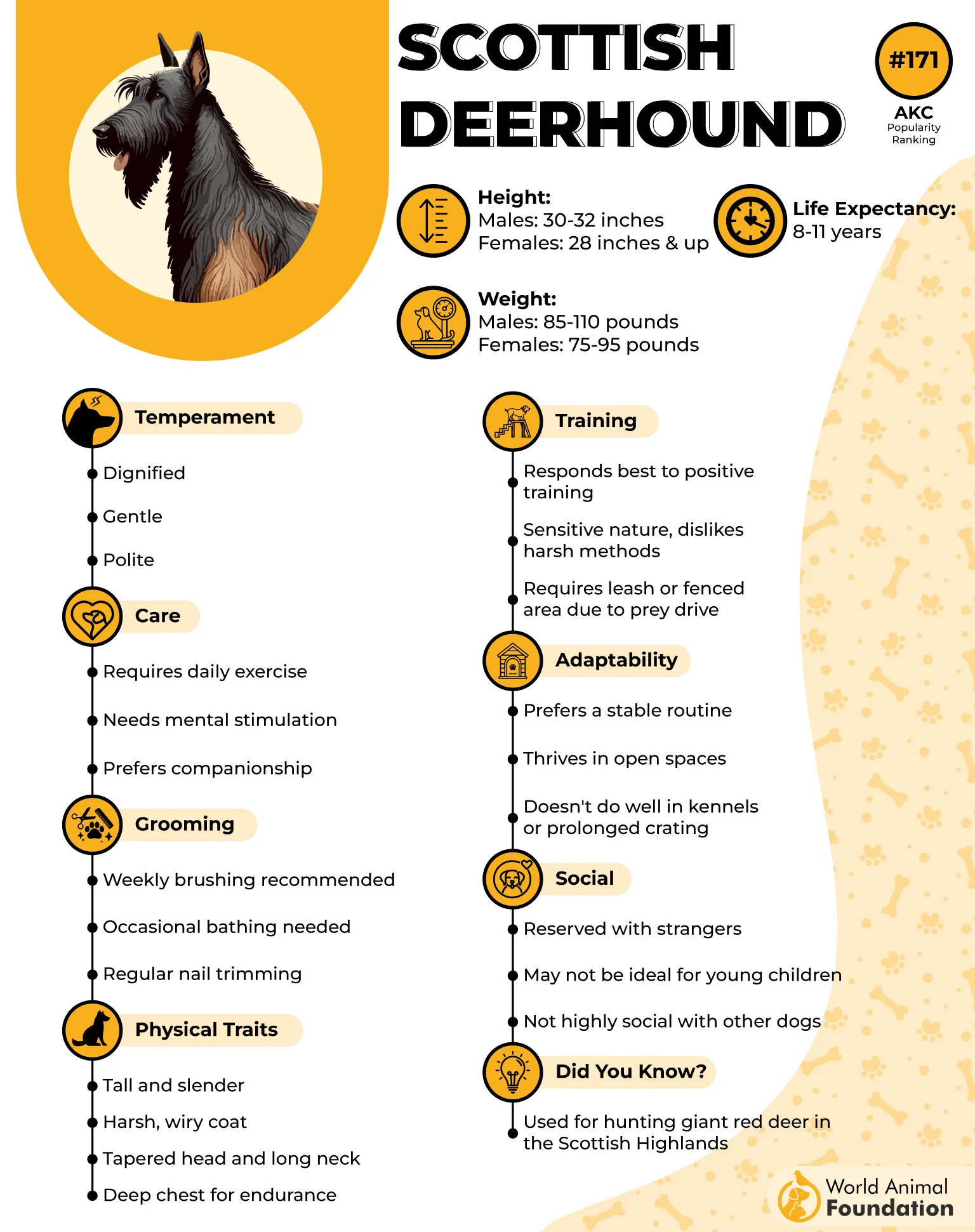
Deerhounds are the strong, silent type hunting dogs—more into meaningful eye contact than loud opinions. They’re not guard dogs; if a burglar came in, the Deerhound might just offer them a blanket and join them on the couch. It’s not laziness—it’s elegance.
Their calm indoor demeanor makes them a dream in peaceful households, especially for folks who want a large dog without the large volume. Just make sure you have room for their long limbs—and maybe a dedicated nap zone.
Bonus quirk: They may look all regal and refined, but they still think they’re lapdogs. Your knees have been warned.
3. Newfoundland
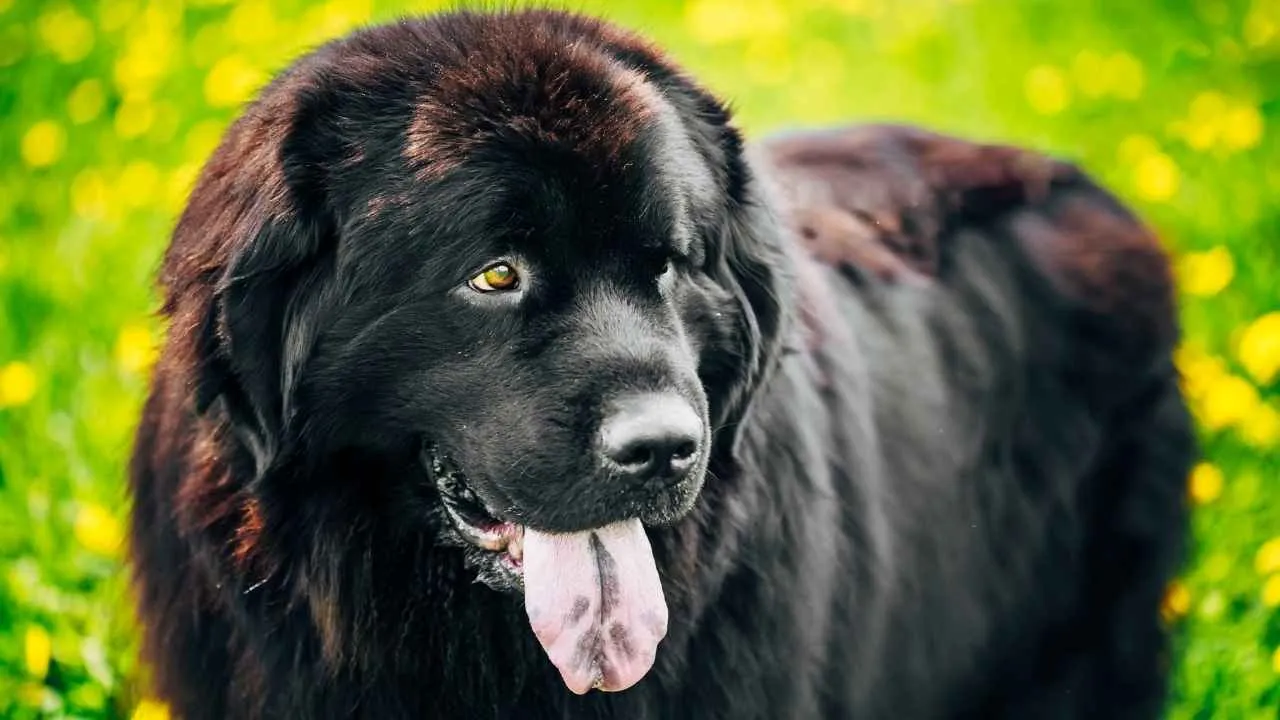
If a teddy bear and a Viking had a baby, it would be the Newfoundland. Massive? Yes. Majestic? Definitely. Loud? Nope—not unless it’s really important (like you’re drowning… or late with dinner).
Despite their giant size and superhero lifeguard reputation, Newfoundlands are generally quiet indoors. They don’t feel the need to comment on every sound, knock, or squirrel drama outside the window. Their motto? Speak softly and carry a whole lotta fluff.
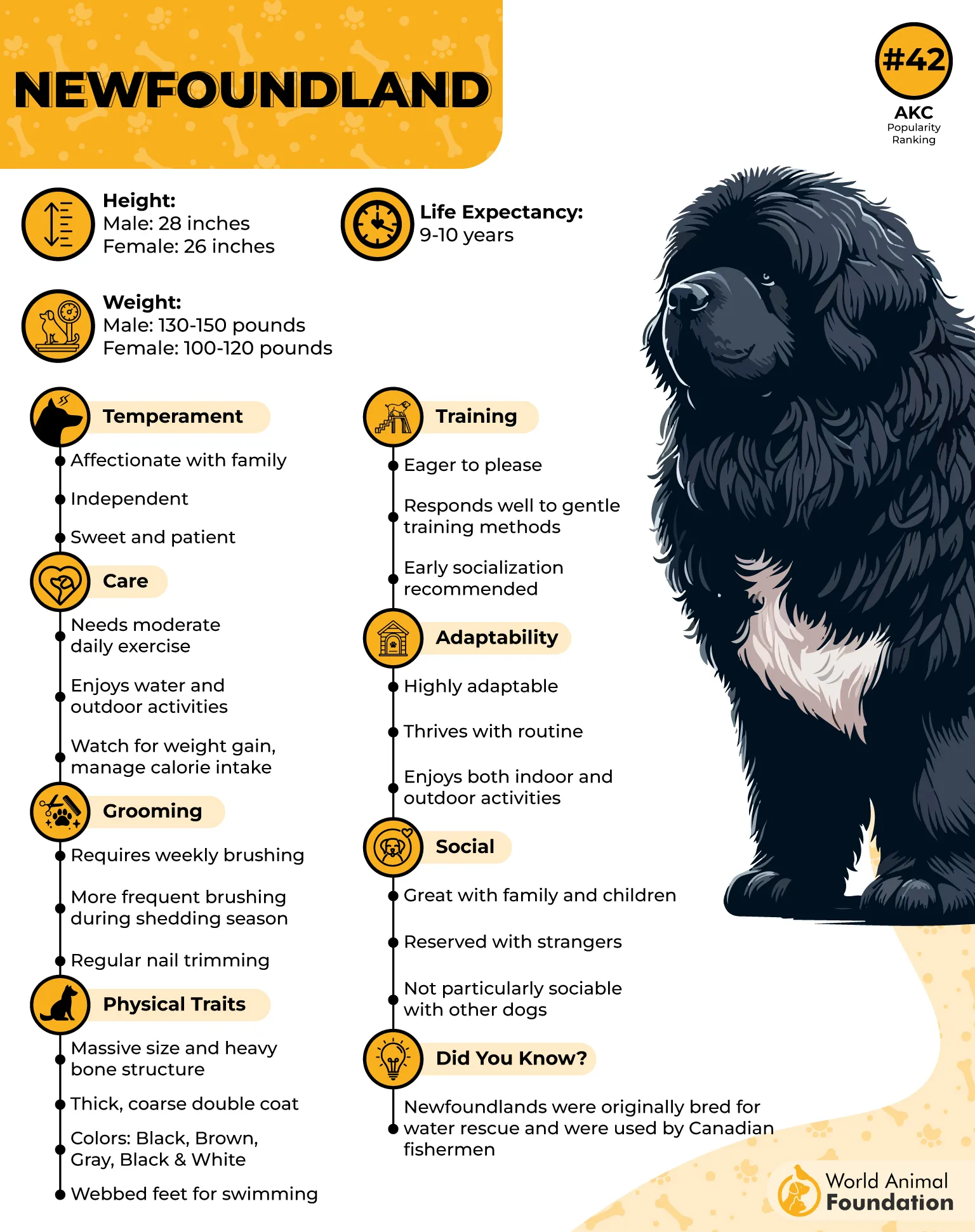
These gentle giants are incredibly patient and people-focused. Instead of barking, they prefer soulful stares, subtle head nudges, or sitting directly on your foot until you get the hint. They’re basically the emotional support couch potatoes you never knew you needed.
Newfies are perfect for families who want a big dog with a soft heart and a soft voice. Just make sure you have enough floor space (and a strong mop—drool happens).
Bonus quirk: They won’t bark at your guests… but they will try to save them if they get in the pool. Built-in lifeguard, no whistle required.
4. Whippet
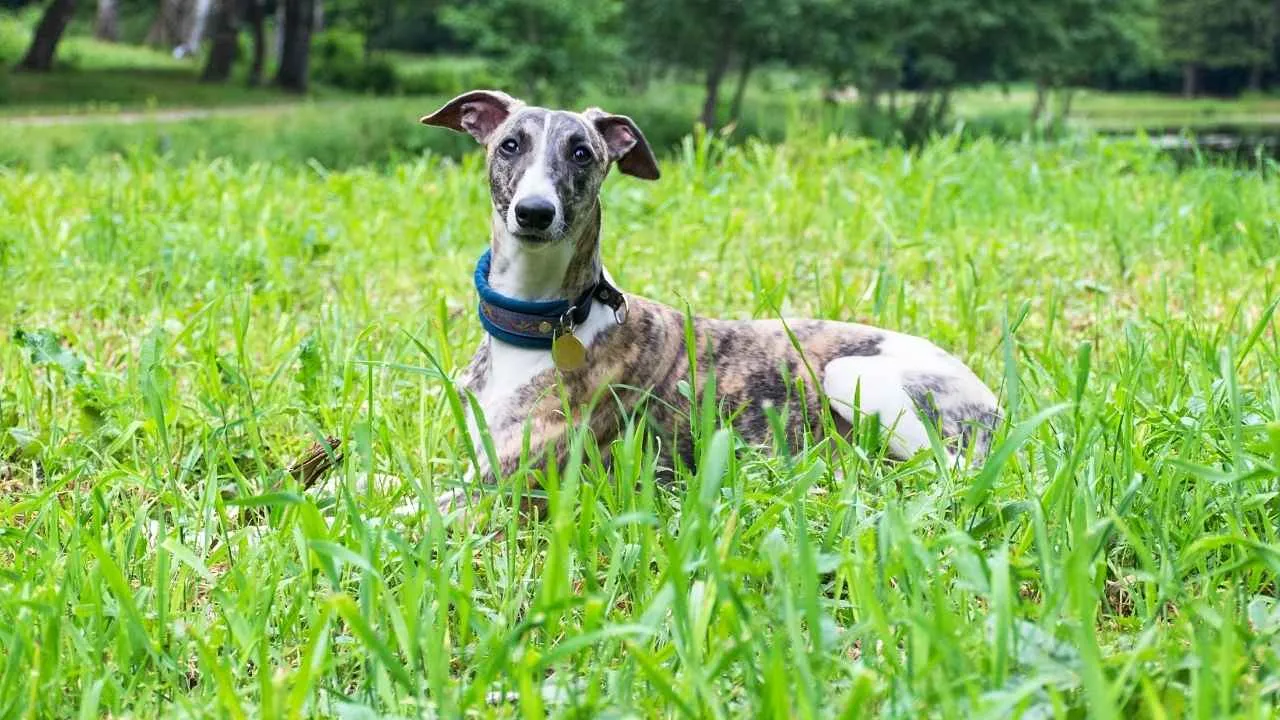
Think of the Whippet as the sleek sports car of the dog world—fast, elegant, and surprisingly chill when parked. Whippets look like miniature Greyhounds—and for good reason. They were developed by crossing Greyhounds with smaller terriers to create a more compact but still speedy breed.
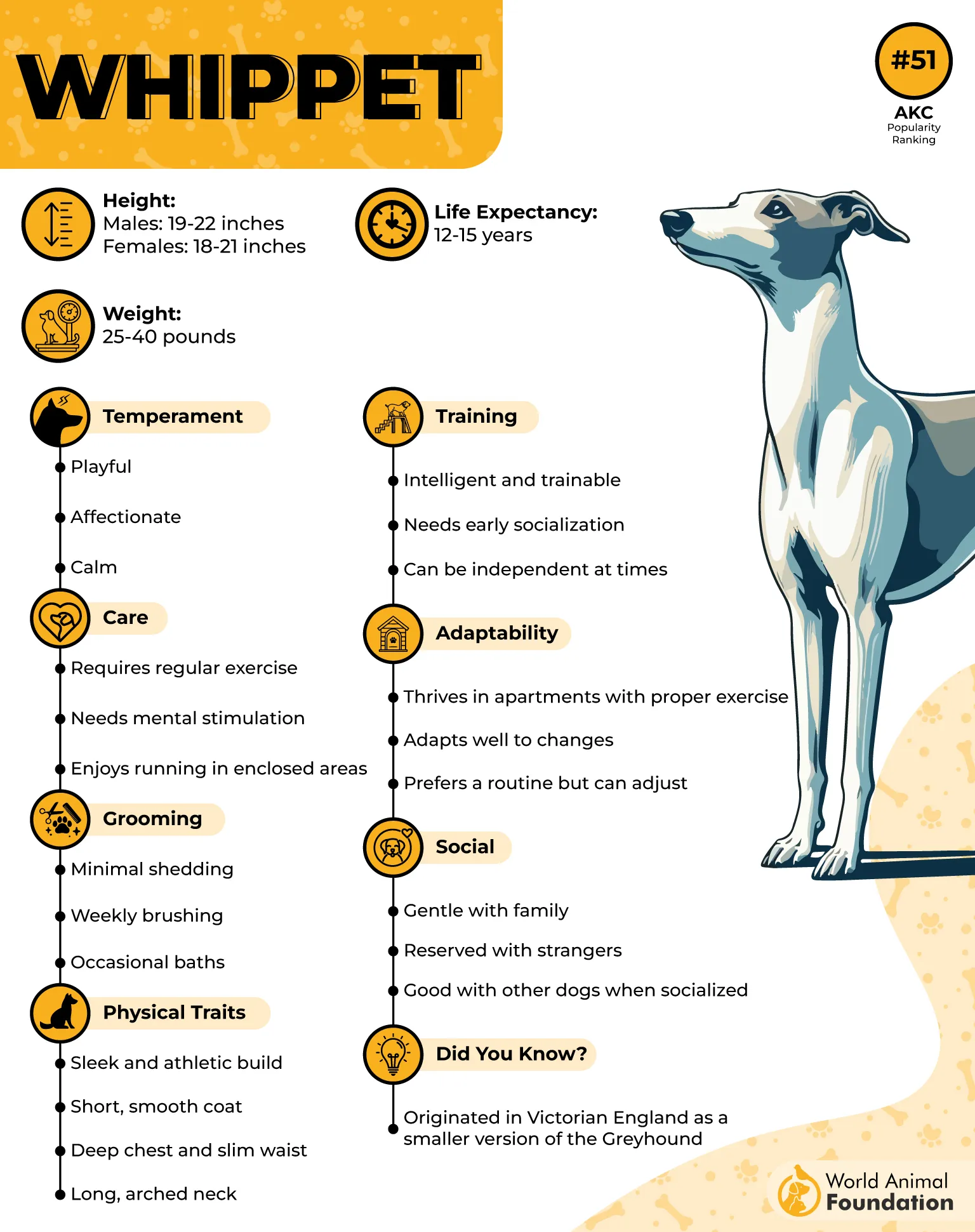
These slender sprinters have an indoor volume setting permanently stuck on “mild-mannered whisper.” Barking? Only if there’s a real emergency, like the delivery guy holding a pizza box (priority alert!).
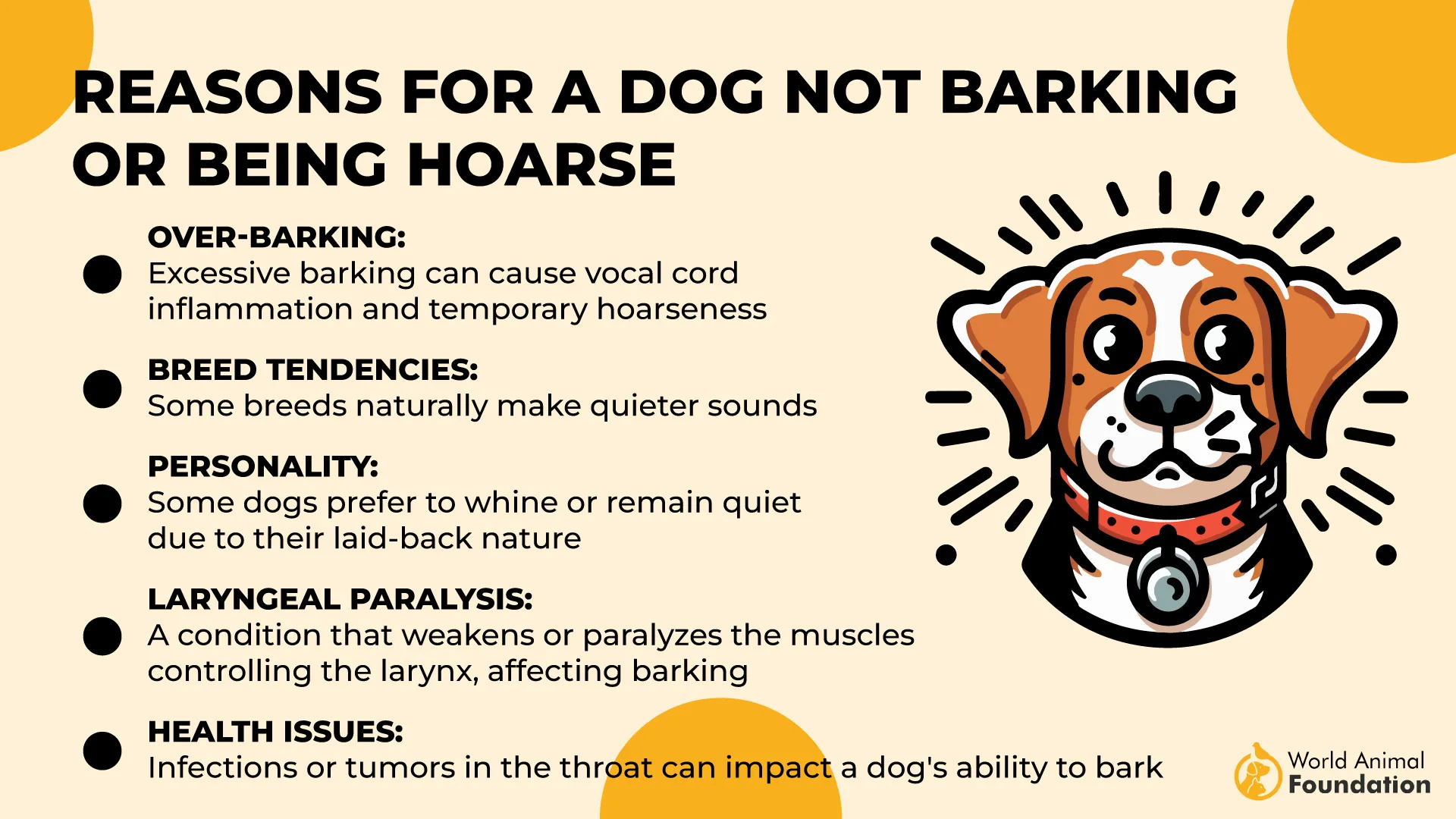
Whippets love to sprint like lightning outdoors, then curl up like a furry cinnamon roll indoors—quiet as a ninja in slippers. Their low-to-moderate energy means they appreciate a good zoom around the yard followed by hours of peaceful snoozing on the couch.
Indoors, they’re the ultimate “less bark, more snuggle” companions. Their subtle communication style involves soft sighs, gentle tail wags, and those big, soulful eyes that silently say, “Can we nap now, please?”
While they don’t require hours of running, Whippets do need regular physical and mental stimulation. Letting them stretch their long legs and satisfy their curiosity is key to keeping them happy.
Perfect for anyone who wants a speedy buddy without a noise complaint. Bonus: Whippets rarely shed or bark, making them ideal roommates—even for those with sensitive neighbors.
Bonus quirk: Don’t be fooled by their quietness—they’re secret pranksters, often stealing socks or blankets with lightning-fast ninja moves.
5. Pug
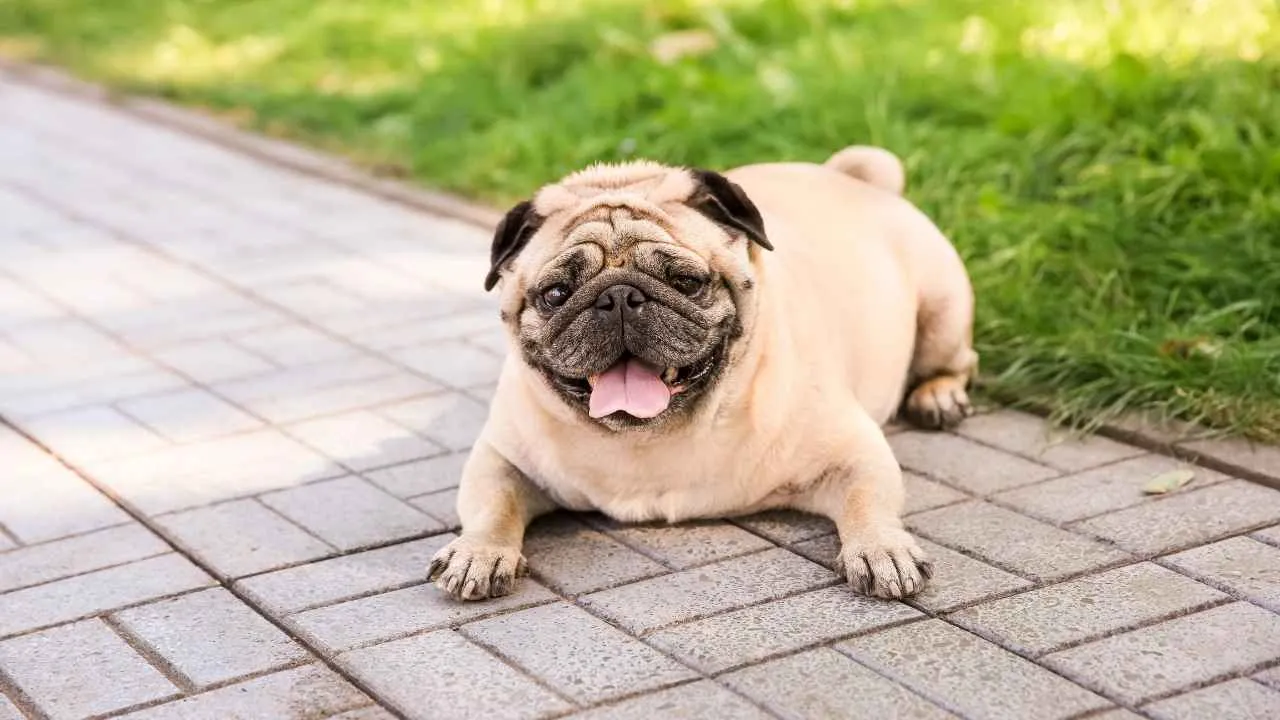
Pugs are basically the class clowns of the dog world—but with less barking and more snorting. These little squishy-faced bundles of joy have perfected the art of communicating without raising their voices.
Once a favorite among royals worldwide, the Pug remains a beloved and popular breed today. These compact pups usually stand 10–13 inches tall and weigh between 14–18 pounds.
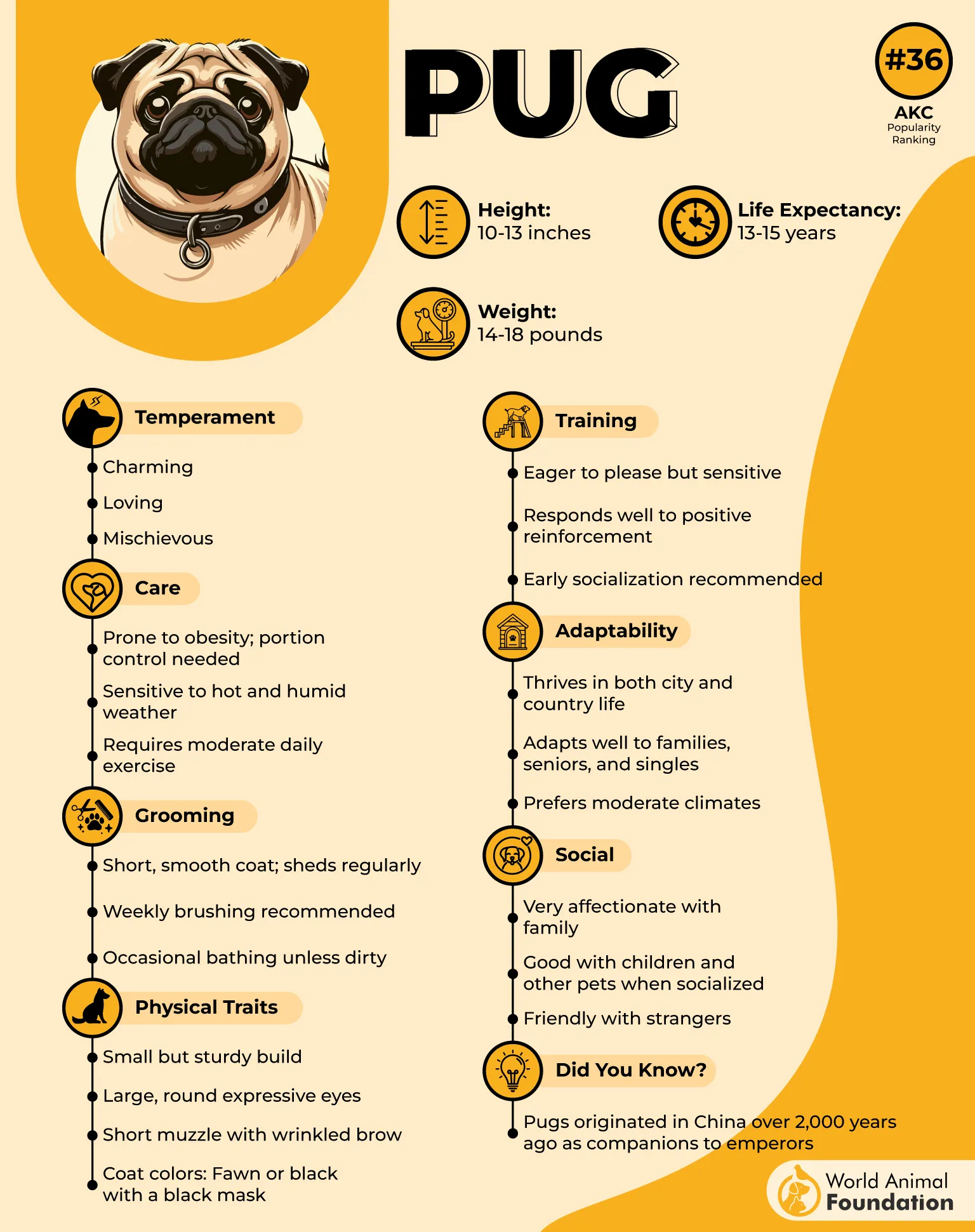
Pugs are typically cheerful and easygoing. PetMD noted while they have occasional bursts of energy, they’re mostly laid-back couch potatoes—but that doesn’t mean they can skip their daily dose of exercise!
Barking indoors? Nah, they save their energy for dramatic sighs, puppy eyes that could melt steel, and the occasional comedic snort that’s way louder than any bark.
Indoor life suits pugs just fine—they’re more about cuddles, naps, and making you laugh with their goofy antics than turning your home into a bark-fest. Their calm yet playful vibe makes them perfect for apartments, families, or anyone who appreciates a quiet (but wildly entertaining) furry sidekick.
Bonus quirk: Pugs can “talk” with unique snorts, grunts, and snuffles that say everything words can’t. Prepare to become fluent in Pug-speak!
6. Coton de Tulear
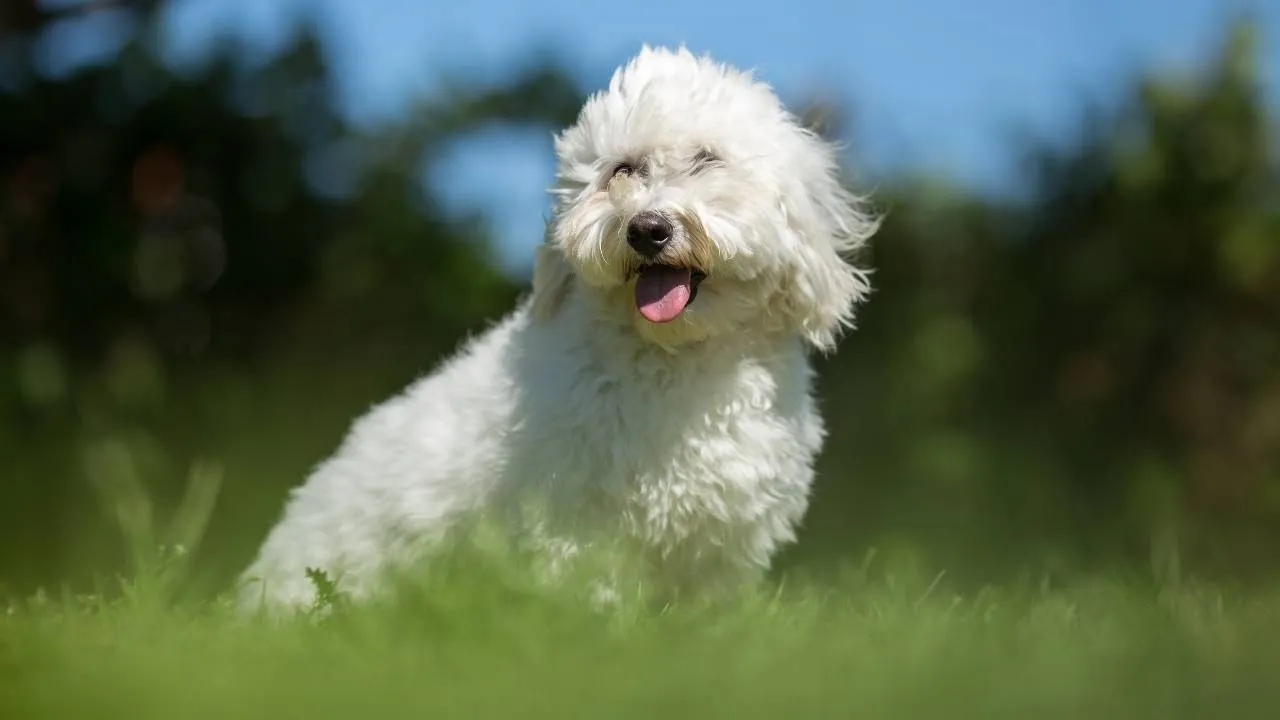
Cotons don’t just bond with their humans—they get them. Imagine a tiny fluffy therapist with a goofy sense of humor and a heart as big as their cotton-soft coat. These little dogs are famous for their “witty” personalities: part clown, part cuddler, and 100% lovable.
According to the American Kennel Club (AKC), Cotons are “at times boisterous but never demanding,” which means they’ll bring the party but never overstay their welcome.
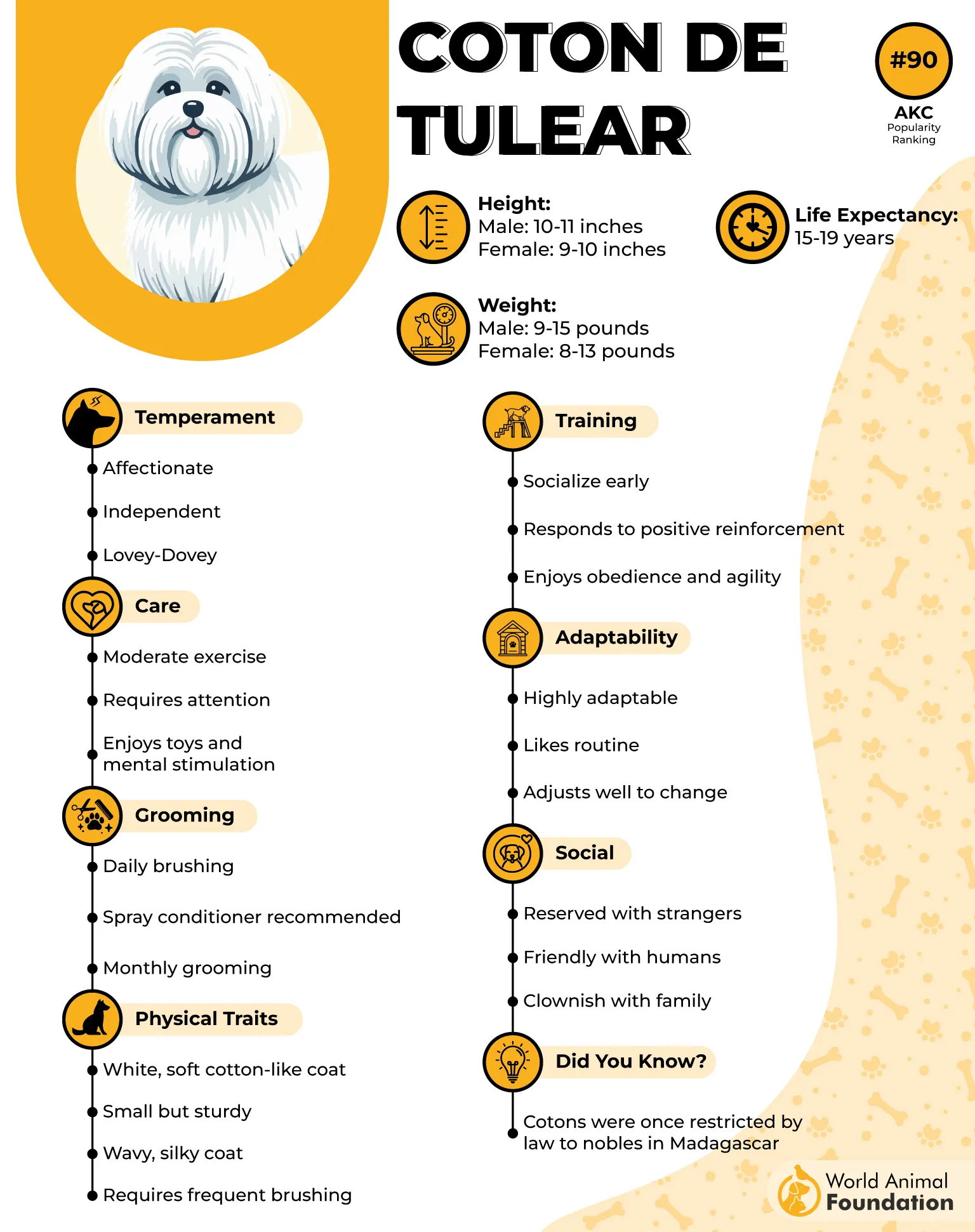
Their signature move? Unique vocalizations that sound like a mix between a chirp and a yodel, plus an impressive talent for walking on their hind legs (impressing guests since forever).
Despite their playful antics, Cotons have a gentle, sympathetic awareness—you know, the kind of dog who senses when you need a laugh or a shoulder to lean on. If you want a dog that’s equal parts entertainer and emotional support, this is your fluffball.
Bonus quirk: Cotons might steal the spotlight with their silly dances and quirky sounds—but they’ll never steal your heart without permission.
7. Japanese Chin
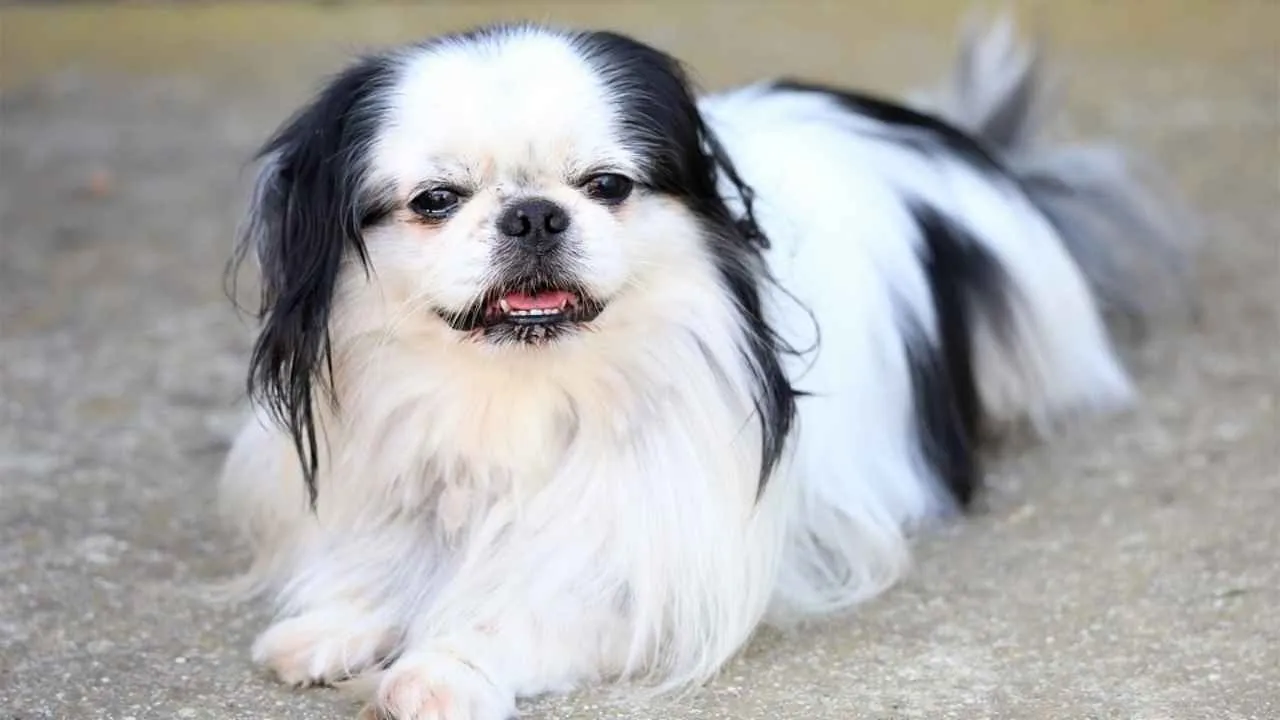
Meet the Japanese Chin: a tiny aristocrat who carries itself like it just stepped out of a royal palace—without the fuss or noise.
This little fluffball is all about graceful moves, quiet charm, and keeping indoor peace intact. Barking indoors? Rarely. They prefer subtle communication—think gentle chirps, delicate sighs, and expressive eyes that say, “I’m here, in style.”
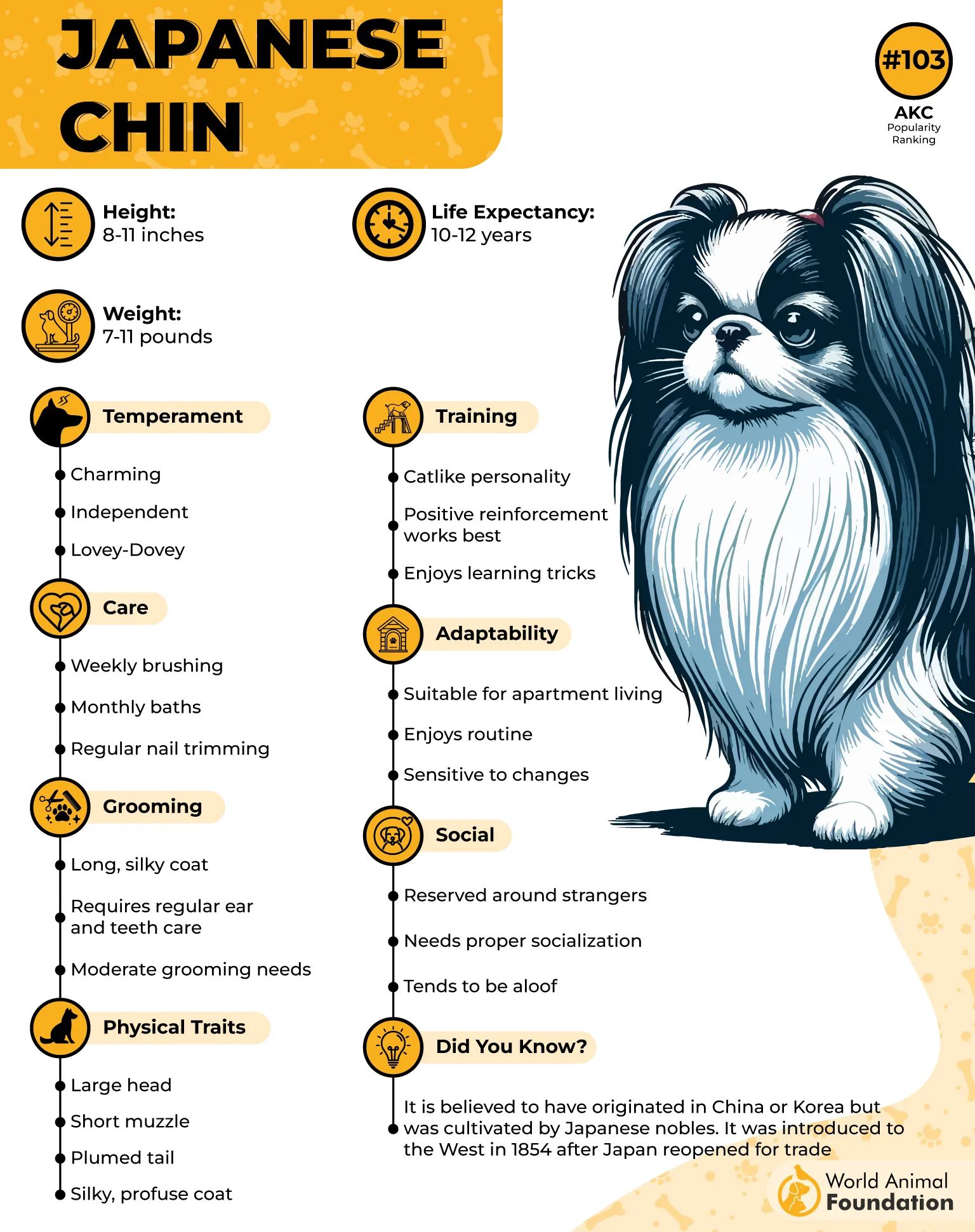
Japanese Chins are known for their calm demeanor and sweet, almost cat-like independence. They love lounging on fancy cushions, surveying their kingdom with a dignified air, but they’re also ready to burst into playful antics when the mood strikes.
This combination of elegance and lightheartedness makes them an excellent companion for those craving a quiet, refined dog with a sense of humor.
Perfect for apartment living or anyone who appreciates a low-bark, high-personality pup who’s basically a tiny, furry noble.
Bonus quirk: They have a habit of shaking their little heads in a way that looks like they’re constantly saying “No, thank you” to boring stuff—adorably sassy, always classy
8. Basenji
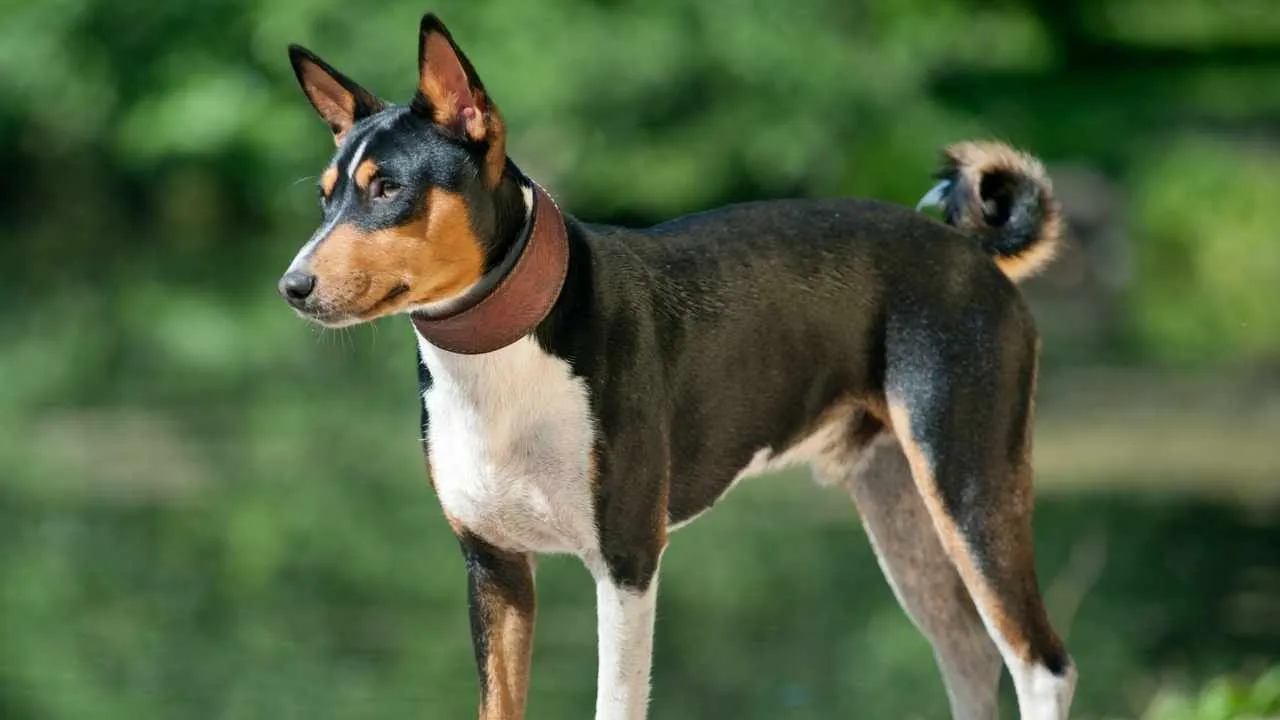
Meet the Basenji, the original “quiet rebel” of the dog world. Basenjis are believed to be among the oldest dog breeds still around today, bearing a strong resemblance to the very first dogs humans domesticated.
Known famously as the “barkless dog,” this breed doesn’t waste breath on ordinary barking. Instead, they communicate with unique yodel-like sounds called “baroos” — basically their way of saying, “I have thoughts, but I’m too classy for regular noise.”
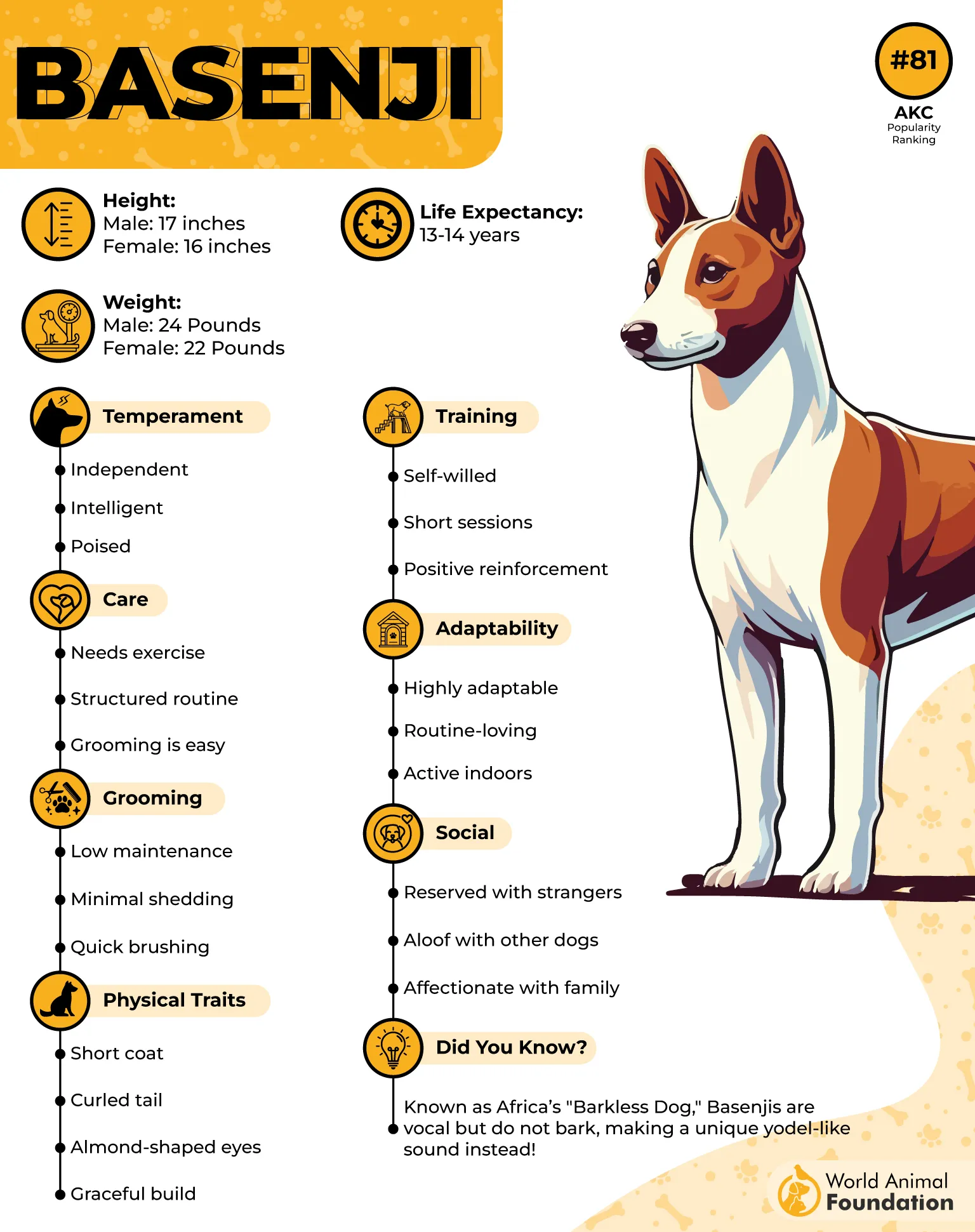
With sleek, compact bodies built for speed, these dogs move with impressive intensity, earning them the nickname “miniature racehorses” thanks to their powerful stride, says WebMD.
Indoors, Basenjis are the masters of calm stealth. They’re not fans of noisy distractions and prefer to keep their conversations low-key.
These clever, curious dogs are always observing, processing, and plotting their next move — often with a mischievous glint in their eye. Their middle-of-the-road energy means they enjoy bursts of speedy fun outside, then chillax quietly indoors like the sophisticated thinkers they are.
Basenjis make great companions for those who value a peaceful home but want a dog with a big personality — one who’s more about intrigue than interruption.
9. Akita
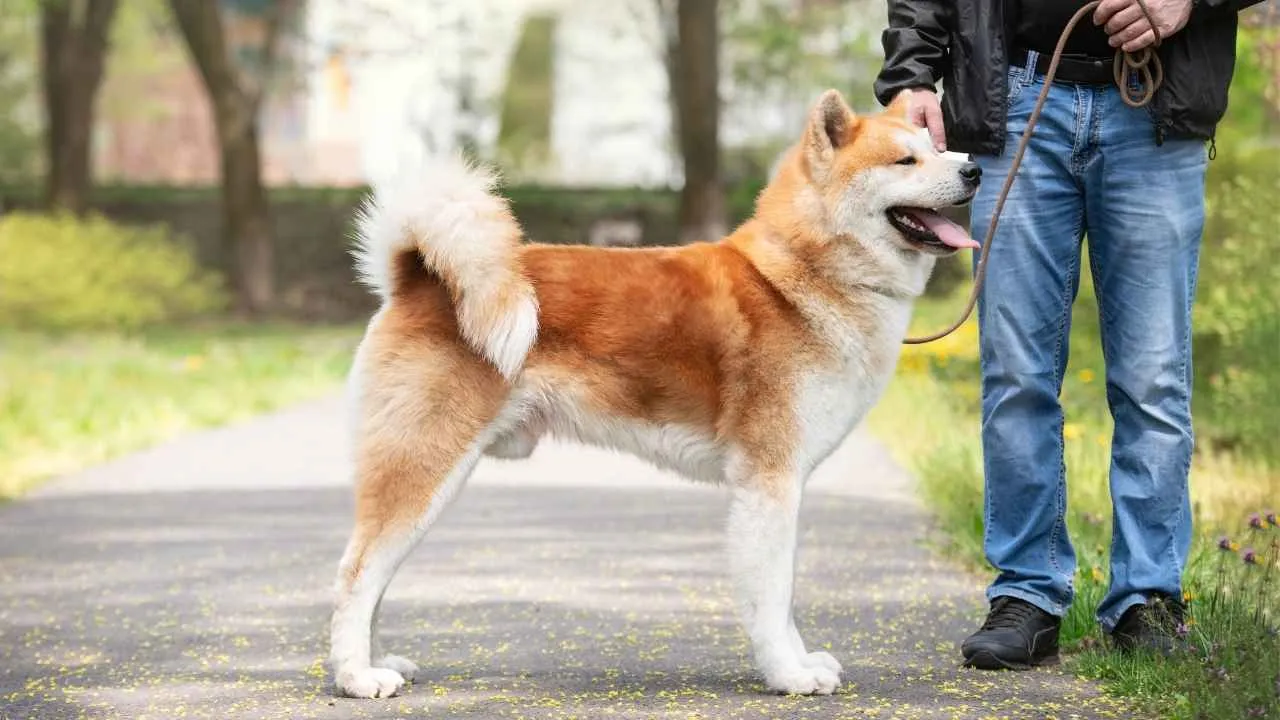
The Akita is like the strong, silent type of the dog world—think stoic guardian meets gentle giant, wrapped in a fluffy coat of quiet confidence.
These majestic dogs don’t bark just to fill the silence; when they do speak up, it’s a meaningful event that demands attention (usually a serious “stay away” or “we’ve got company” alert).
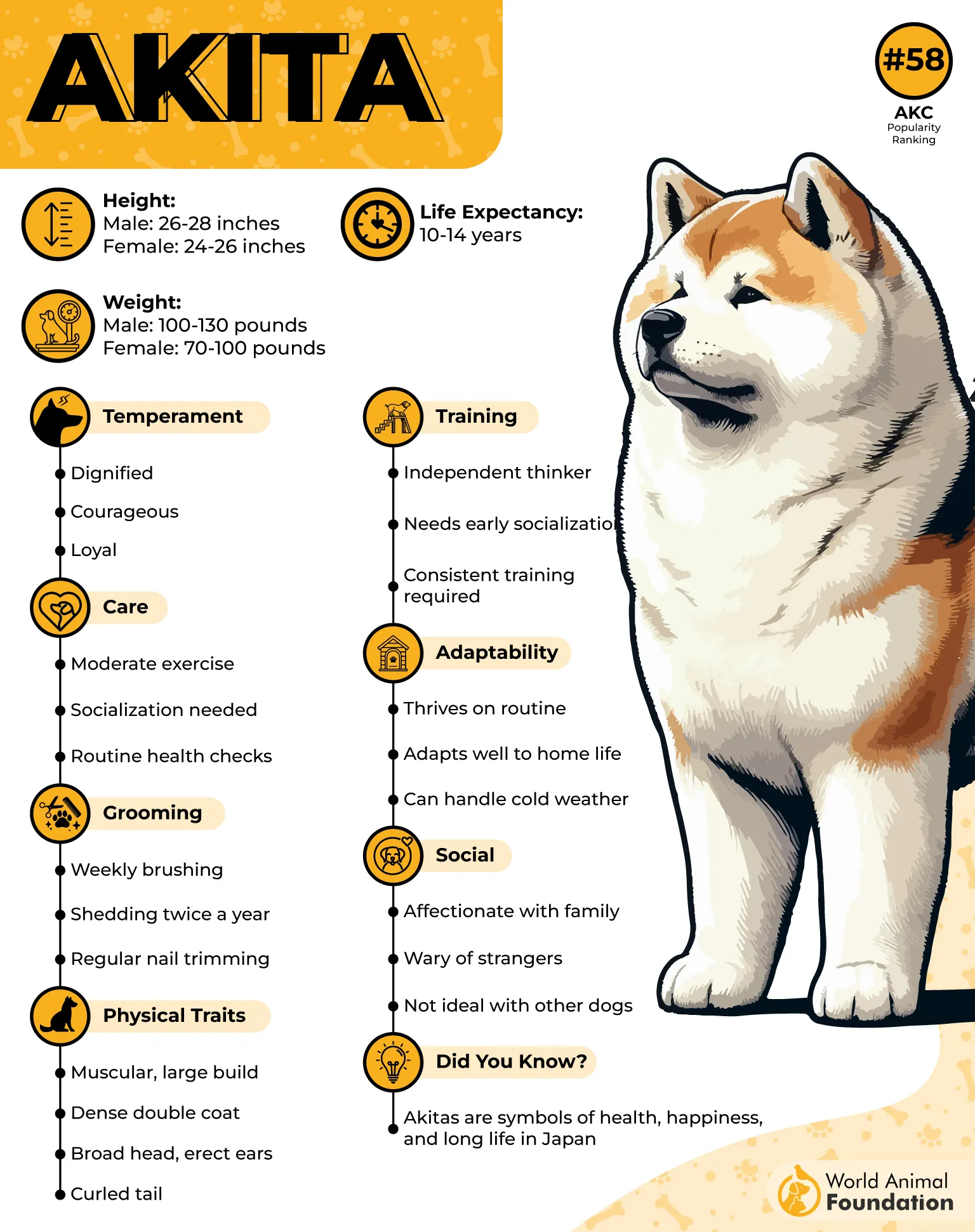
Indoors, Akitas are calm and composed, choosing to observe rather than vocalize. Their loyalty is legendary, but they show it with quiet dedication rather than noisy fuss. This breed’s natural reserve makes them perfect for households that want a protective companion who won’t turn the volume up unnecessarily.
Akitas appreciate routine and calm environments, and they’re happiest when they know their family feels safe and sound—without a constant soundtrack of barking.
Bonus quirk: They have a habit of “talking” with grunts, growls, and chirps that sound like a secret language only they understand. It’s their way of saying, “I’m here, don’t worry.”
Conclusion
When it comes to quiet dog breeds, certain breeds stand out for their low tendency to bark indoors. From the Cavalier King Charles Spaniel with its gentle nature and affectionate demeanor to the Shih Tzu, a small dog with a silky coat and sweet spirit, these affectionate nature pups are a dream for pet parents seeking peace. Even the noble Bernese Mountain Dog, though once bred to assist hunters, is known for being a calm dog with low exercise needs.
The Persian Greyhound, or Saluki, offers a quiet nature wrapped in elegance, while the Great Dane balances its size with a poised demeanor and surprising stillness. Though the Shiba Inu may let out a signature yodeling sound, with consistent training, it too can respect the noise ordinance.
Many of these breeds are fiercely loyal, forming strong bonds with their favorite humans—often quietly watching for any potential threat. While separation anxiety can spark the rare excessive barking, these furry friends generally offer a low-energy, peaceful vibe, making them perfect companions for indoor life.


